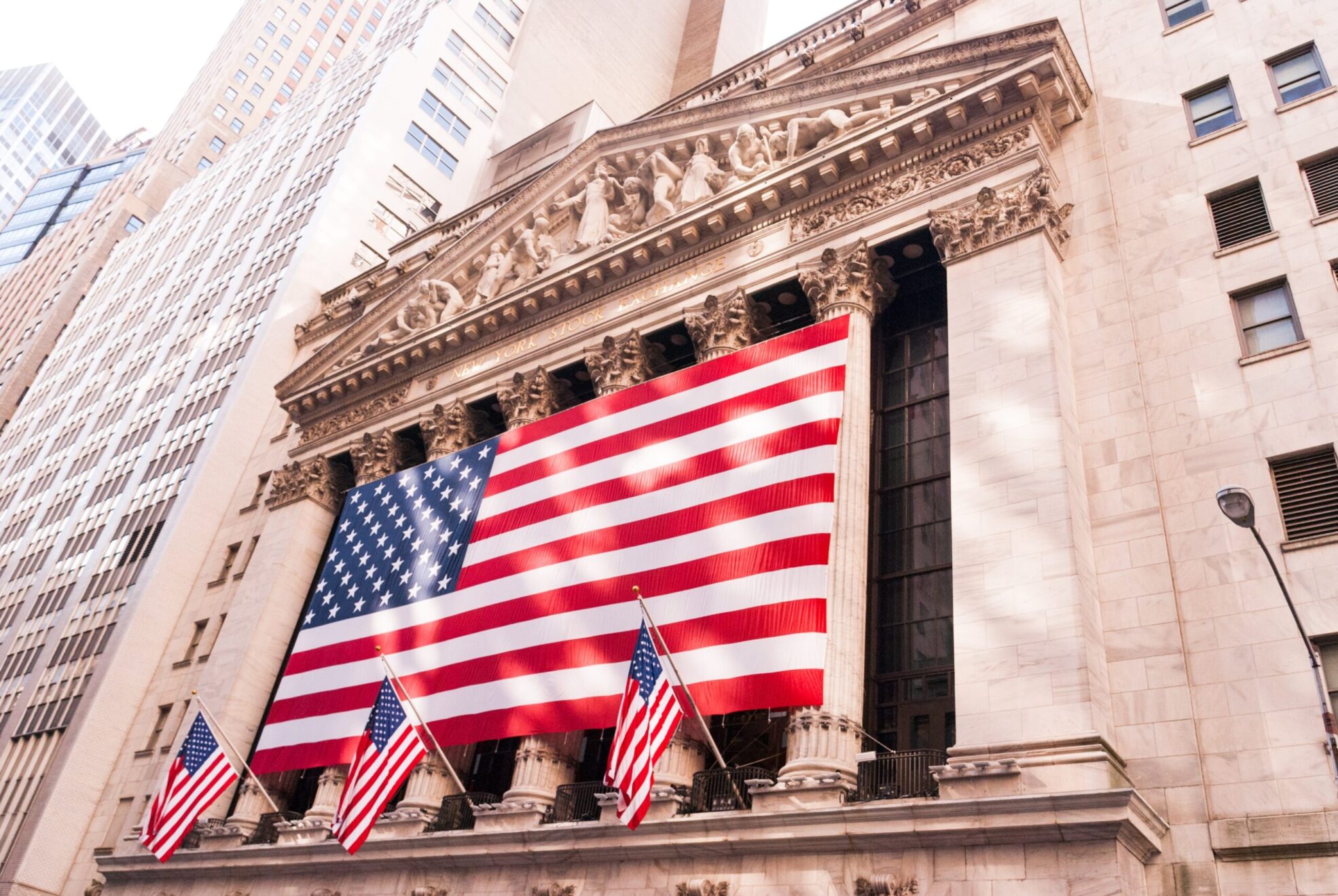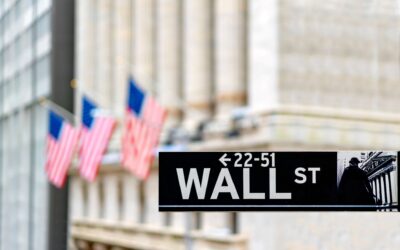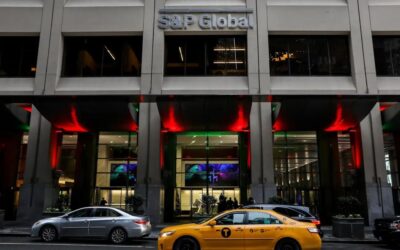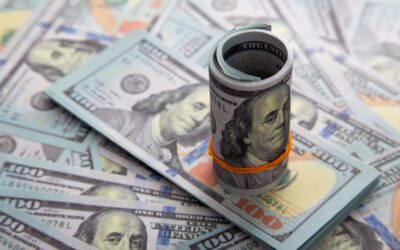When Jerome Powell hinted during his last speech that the Federal Reserve was going to slow the pace of raising interest rates to 0.5% at its December meeting, the markets rallied and all three key indices registered substantial gains on the day. For Dow Jones Industrial, however, it meant to complete a recovery of 20% from its lows and officially exit the bear market.
Moreover, the jump in the index since September 30 when it hit the lowest level for the year, proved to be the Dow’s largest two-month gain since July 1938, according to Dow Jones market data. In comparison, the S&P 500 is up about 16% from its lows and the Nasdaq managed to recover only 11% from its recent lows.
Sounds impressive, but should we be popping champagne bottles to toast the start of a fresh bull run for the Dow?
Putting current excitement aside, let’s examine how distinctive this recent Dow recovery is in contrast to previous rises and what we should expect. Suffice it to say, there are countless cases of stocks rising in the midst of a bear market (or as it is known, a “bear market rally”), only to fall and wipe away all of those gains. According to FactSet data published in Market Watch, sharp gains accompanied by falls have already happened more than three times since the beginning of this year: in March, July and August, and again since middle of October.
One particularly vivid illustration of this type of volatility may be observed in the aftermath of the implosion of the dot-com bubble. Before reaching its all-time cycle low in 2002, the Nasdaq recorded at least seven increases of 20% or more.
Therefore, in light of the fact that the Federal Reserve is still raising interest rates, some strategists remain cautious and warn of more market turbulence in the near term.
Others continue investing in fixed income assets and defensive equities, remembering the original Fed’s stance of fighting inflation regardless of costs for the economy.
Despite Powell’s hint at a potential policy shift, the subsequent rise was not as robust as some investors had hoped. Part of the reason is the aggressiveness of interest rate rises aimed at combating inflation, which has had a negative impact on the value of companies’ future profits (due to an increase in the cost of finance). Furthermore, with the zero-interest environment now a thing of the past, investors have more opportunities to generate a return outside of the market, as alternatives with fixed interest income are plentiful.
Having said that, there is one upside from a prospective change in the Fed’s stance: the possibility of a soft landing, which would prevent the economy from entering a recession, has become more likely than it was a month ago, which is certainly welcome news.





0 Comments